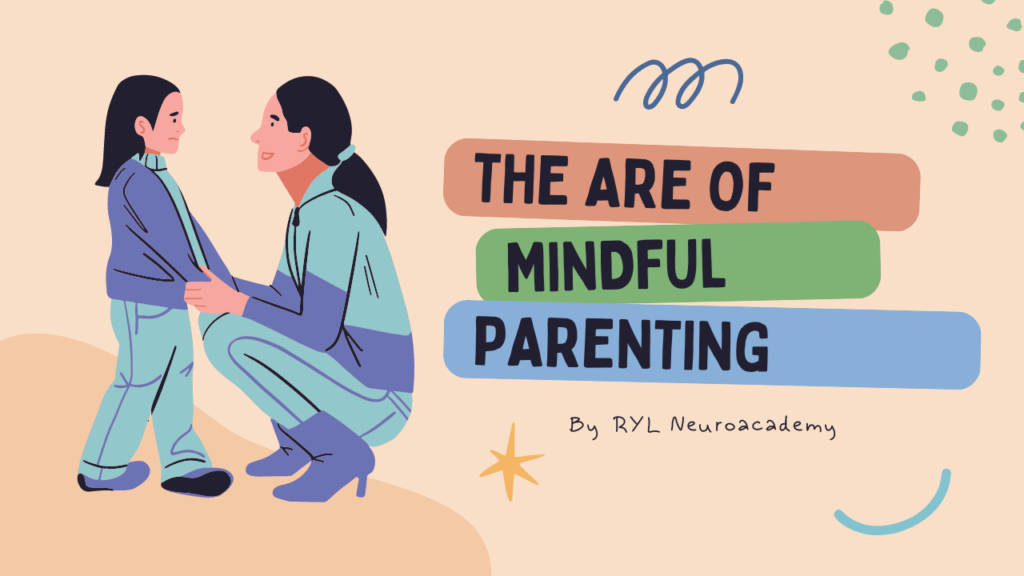1. Introduction
Neuro-Linguistic Programming (NLP) is a psychological approach that explores the connection between neurological processes (Neuro), language (Linguistic), and behavioral patterns learned through experience (Programming). It is widely used for personal development, communication improvement, and behavior modification.
NLP techniques help individuals reframe negative thoughts, enhance persuasion skills, and achieve specific goals by modeling successful behaviors. Common applications include therapy, business, coaching, and self-improvement.
By understanding NLP, you can improve emotional intelligence, boost confidence, and enhance problem-solving skills. Want to master NLP for success? Start by exploring its key techniques like anchoring, mirroring, and reframing
What is an NLP anchor?
Anchoring is a powerful NLP technique that helps you associate emotions, thoughts, or behaviors with specific triggers. By using anchoring, you can instantly shift your mindset, boost confidence, and enhance communication skills.
In personal development, anchoring allows you to recall positive emotions like motivation and calmness on demand. In communication, it helps create rapport, influence others, and improve persuasion skills.
What You’ll Learn from This Guide:
How anchoring works in NLP
What You’ll Learn from This Guide:



By mastering anchoring, you can reprogram your mind for success and improve both personal and professional interactions
Practical techniques to create powerful anchors
Ways to use anchoring for confidence, motivation, and influence
The Benefits of Using NLP Anchors
NLP anchoring allows you to gain instant access to desired emotional states like confidence, relaxation, and motivation. By associating emotions with specific triggers, you can shift your mindset on demand.
Key Benefits of Anchoring:



How to Create a Powerful NLP Anchor (Step-by-Step Guide
Anchoring is a powerful NLP technique that allows you to instantly access positive emotional states like confidence, relaxation, and motivation. Follow these steps to create a strong anchor:
Step 1: Choose a Desired Emotional State
Decide on the emotion you want to access on demand (e.g., confidence, joy, focus).
Step 2: Recall a Strong Memory Associated with That State
Think of a vivid memory where you felt that emotion intensely. The stronger the memory, the better the anchor.
Step 3: Select an Anchor Trigger
Pick a unique trigger, such as:



Step 4: Amplify the Emotion
Use visualization, deep breathing, music, or body language to intensify the feeling before setting the anchor.
Step 5: Apply and Reinforce the Anchor
Repeat the process multiple times to strengthen the association. Test your anchor by using the trigger and noticing if the desired emotion activates.
By practicing anchoring, you can quickly shift your emotional state, improve public speaking, enhance sales skills, and break negative patterns.
How to Use and Re-trigger Your NLP Anchor
Anchoring helps you instantly access positive emotions like confidence, motivation, and relaxation. Here’s how to use it effectively:
When & How to Activate Your Anchor



Strengthening & Recharging Your Anchor



Combining Multiple Anchors for Maximum Impact



By mastering these techniques, you can take full control of your emotional state and perform at your best in any situation.
Advanced NLP Anchoring Techniques
Anchoring can be used strategically to enhance emotions, eliminate negativity, and improve performance in various fields.
Stacking Anchors for Layered Emotional Triggers



Collapsing Negative Anchors to Remove Limiting Beliefs



Using Anchoring in Coaching, Sales, and Therapy



By mastering these techniques, you can reshape your mindset, break limitations, and enhance personal and professional success.
Conclusion
Anchoring is a powerful NLP technique that helps you control emotions and improve performance. Let’s quickly recap:





Practice & Refine Your Anchoring Skills
The more you use anchoring, the more effective it becomes. Experiment with different triggers and refine your technique over time.
Try It Today!
Use anchoring in real-life situations and see the difference. Try this technique today and share your experience in the comments!

